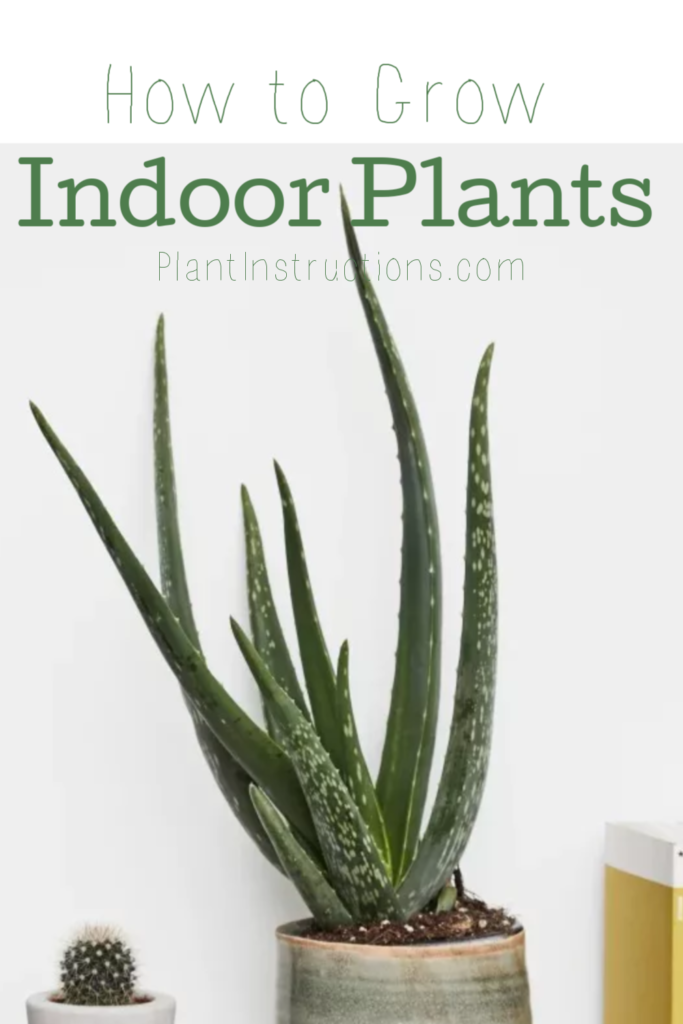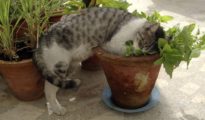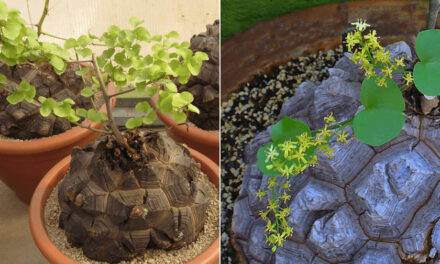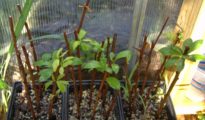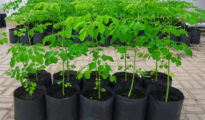If you want to give your house a natural look, you have come to the right place. Today we will be talking about how to grow indoor plants!
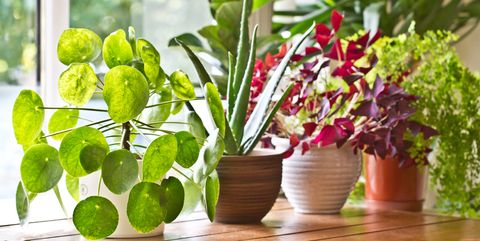
Indoor plants are great because they give your house a fresh and natural look, and if you choose the right plants, it can even help purify and clean your air. Not to mention how good it feels to have a piece of nature so close to you at all times. Keep reading to find out more about how to grow indoor plants and care for them!
How to Grow Indoor Plants – A Guide
Step 1: Choose the Right Plant
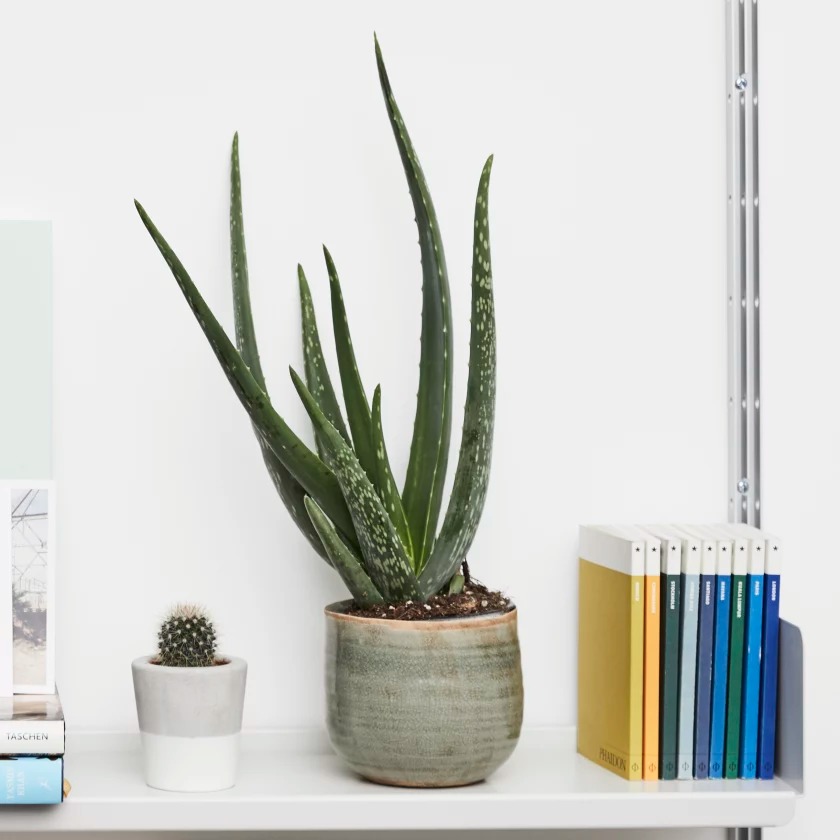
You for sure can never skip this step since choosing the right plant for your needs is everything. Whether you want a plant for your bedroom, kitchen, living room or office, there is a plant for everything. Go to your local nursery to find the plant you need. To help you with the choosing process, here is a list of different plants depending on your needs.
Houseplants:
These popular houseplants will thrive indoors with minimum care, making your house look stylish and natural!
- Peace lily
- Aloe Vera
- Snake plant
- Jade Plant
- Spider plant
Bedroom Plants:
For your bedroom, you will want a calm and serene vibe to recharge. The following plants will help you achieve just that.
- Parlor Palm
- Gerber Daisy
- English Ivy
- Philodendron
- Corn Plant
Pet Friendly Plants:
If you are like me, and you love your pets, you would want to have safe plants around. Dogs tend to chew on plants sometimes and if your plant is toxic, your pet might be in danger. The following plants are safe for dogs and cats.
- Baby Tears
- Areca Palm
- Polka Dot Plant
- Orchid
- Bromeliad
Office Plants:
If you want to give your office desk a different look and improve the air around, the following plants are just for you.
- African violet
- ZZ Plant
- Tillandsia
- Aloe Vera
- Lucky Bamboo
Step 2: Choose the Right Spot
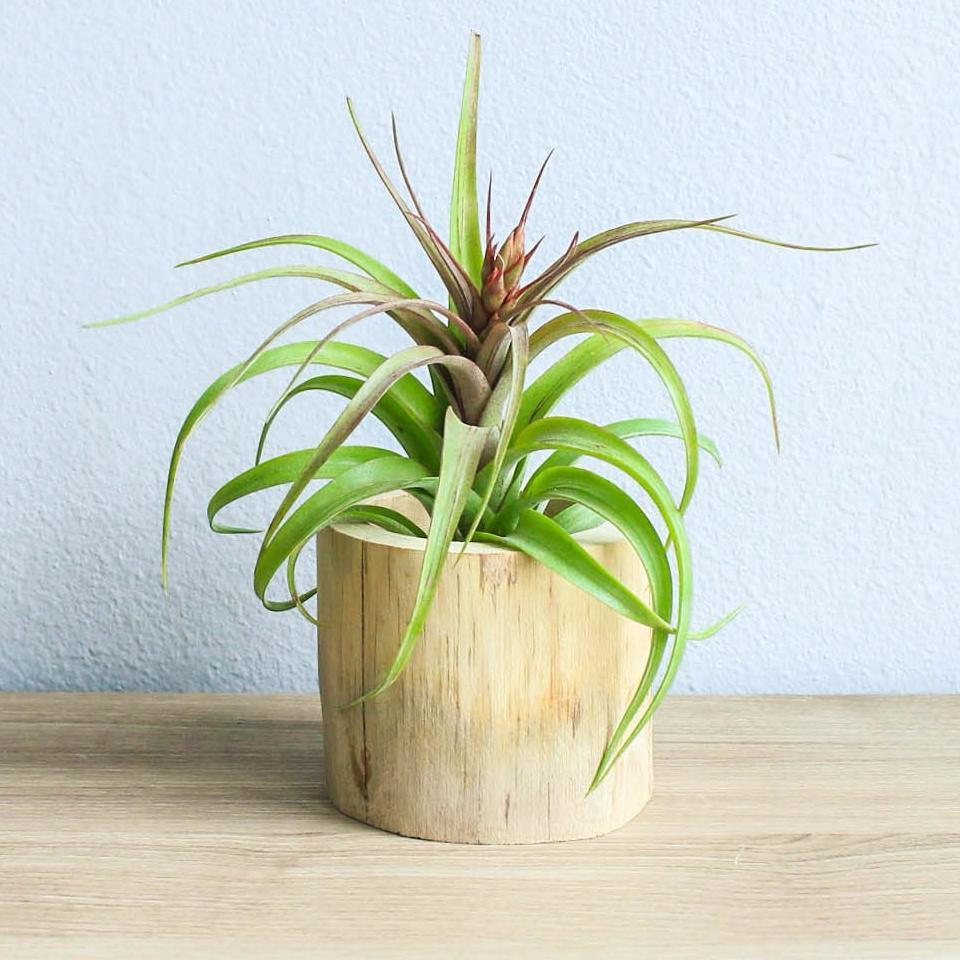
The spot will vary depending on the plants you choose – some plants need direct sunlight, while others do well exposed to indirect sunlight.
Plants like cacti, succulents, air plants and geraniums, need direct sunlight. Place them by a windowsill to get full sunlight exposure and enjoy their beautiful colors!
Plants like snake plant, English ivy, ZZ plant and bromeliad, do well in low to no light. Place them anywhere in your house well it will receive low light and enjoy the natural fresh look.
Step 3: Choose the Right Soil
If you are growing from scratch, or from a nursery, and the soil is not adequate for your specific plant, giving your indoor plants the right soil will ensure successful growth and health.
Each plant needs a different type of potting mix. Check the following potting mix and get the ones that work best for you.
For flowering indoor plants a mix of potting soil, vermiculite and peat moss will help the flowering process.
For foliage indoor plants a mix of sand, pine bark and peat moss will give these type of plants a high amount of nutrients needed, helping them grow successfully.
For succulents and cactus plants, mix potting soil, sand, peat and perlite to provide the well-drained soil they need.
Step 4: Pick the Right Container
When it comes to choosing a pot, you would want to go for a pretty one or the one that will go with your decor, but actually, there are other important factors you need to consider too. You need suitable pots for your plant's needs. Make sure to buy a durable pot that doesn't need to be replaced so often.
For slow-growing plants, small containers are the ones to go, and for fast-growing plants, choose big containers. Another thing you have to consider is whether your pot has draining holes or not. If you get a pot with draining holes do not let them sit on a bed of water.
Step 5: Water Appropriately
Just like sunlight, your indoor plants need a certain level of moisture. Find out what type of moisture your plant needs and water as following:
Low moisture: Desert plants mostly need low moisture since high moisture can cause fungi and mold. Water only when the soil is dried out.
Regular moisture: for the plants that enjoy moderate moisture, water when the soil is dried out a bit and then water thoroughly. Keep checking to provide the humidity needed.
High moisture: A few indoor plants really love water and high moisture. For these type of plants, a water display is the best option. Some can even have their roots immersed in water.
Step 6: Fertilize Wisely
Fertilizing is so important for indoor plants since they don't get a regular source of nutrients like outdoors plants. But fertilizing only the right amount and fertilizing depending on your type of plant is also as important.
Find out what type of fertilizer your plant needs and follow the instructions on the package. During winter, don't fertilize your indoor plants since they will be in their dormant stage or not growing at all. Liquid fertilizers are always best for indoor plants.
Step 7: Prune and Repot when Needed
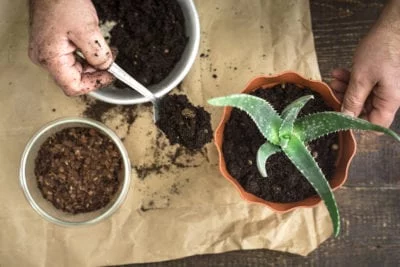
If your plant is growing too fast and you want to maintain a certain high, prune as much as you want being careful not to damage the stem. Removing dead, rotten leaves and flowers will help the plant grow healthier.
Plants tend to outgrow their pot and that means it's time to repot. When this happens, get a larger pot and start repoting. Some nursery plants need to be repoted after bought because normally the nursery container are too small. Learn more about how to report plants here!
Step 8: Keep Taking Good Care of your Plants
After having a well-established plant the work is not over! Keep watering, fertilizing and taking care of your plants so they don't die and keep your house alive! Clean your plant leaves with lukewarm water or dust them when needed.
Follow this guide on how to grow indoor plants and get to planting!
Like this post? Pin, share and comment below 🙂
